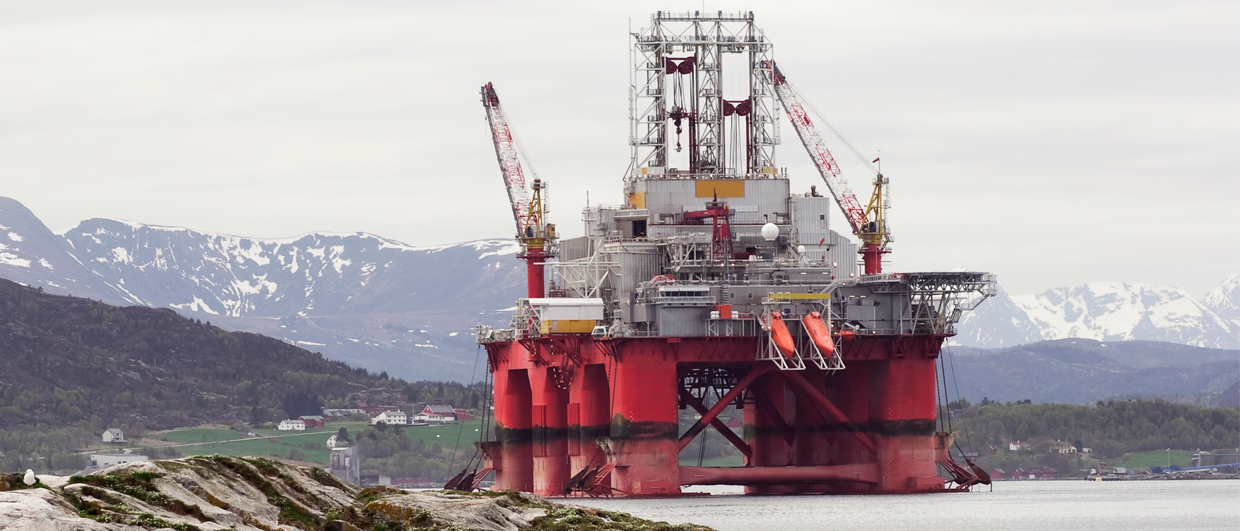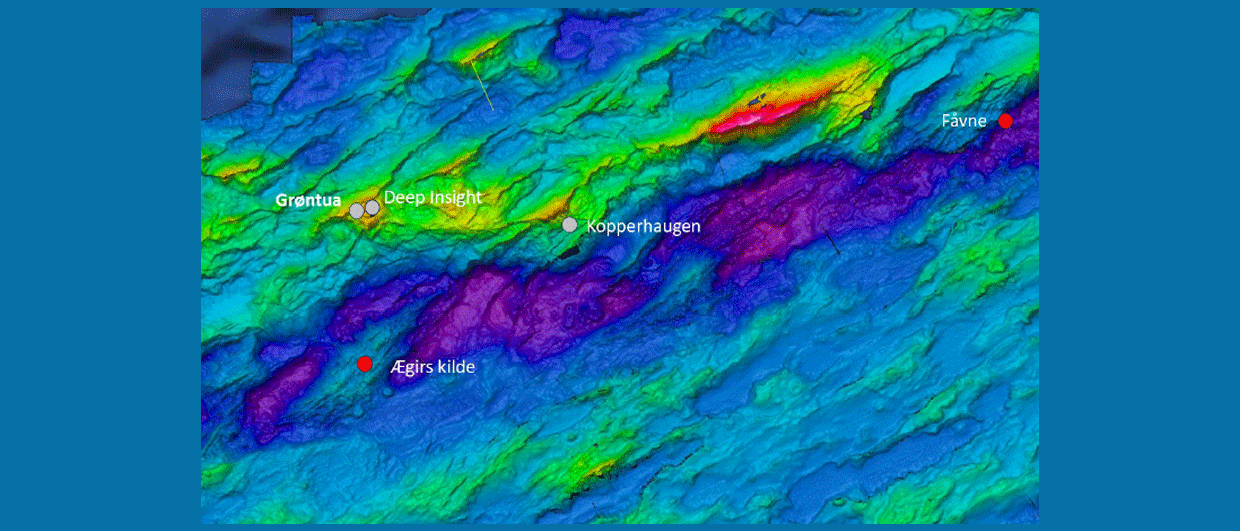It is 59 years since Norway announced the first round of hydrocarbon concessions for the Norwegian continental shelf. At that time, the offer included 278 blocks south of the 62nd parallel, of which 81 were applied for and 78 awarded. The first economic discovery, Ekofisk, was made four and a half years later.
Now, a new round of concessions for the Norwegian continental shelf is underway. This time it is about mineral resources. And again, the Norwegian authorities have chosen a strategy based on making available a very large number of blocks.
Earlier this year, the Norwegian Offshore Directorate (NOD) invited explorers to nominate blocks in the Norwegian and Greenland Seas in connection with the first licensing round for deep-sea minerals. Through these nominations, the exploration companies have given their input on which areas they are most interested in and consider most prospective. As a result, the Ministry of Energy announced at the end of June that a proposal was now put forward including a total of 386 blocks.
However, it remains to be seen which blocks will be accepted for mineral operations as a public consultation is being held first.
What can be found?
The NOD divides the blocks into five areas: Mohns Ridge North and South, the Greenland Sea, the Lofoten Basin and the Vøringutstikkeren. It is the two former areas that cover the spreading ridge where several active and extinct hydrothermal sources have been identified. It is at these that we find sulphide deposits.
The other areas will primarily be prospective for polymetallic crusts. We also note that the Knipovich ridge, which is the extension of the mid-ocean ridge to the north, is hardly included in the Ministry of Energy’s proposal. The reasons could be, among other things, lower prospectivity seen from the eyes of the industry, or a geographical location that is less suitable for possible future extraction because of longer shipping routes to the mainland.
Norway is among the first countries in the world to formally and publicly open seabed mineral operations. Commercial exploration is also underway around the Cook Islands and in the Clarion-Clipperton Zone in the Pacific Ocean. Other countries such as India and Japan conduct exploration activities under state auspices.
Despite the fact that the upcoming licensing round aims to hand out extraction permits to the exploration companies, the companies will not be able to start extraction until they have been approved for an extraction plan. It must be approved by both the Ministry of Energy and Parliament. The current plan is that permits can be awarded in the first half of 2025.





